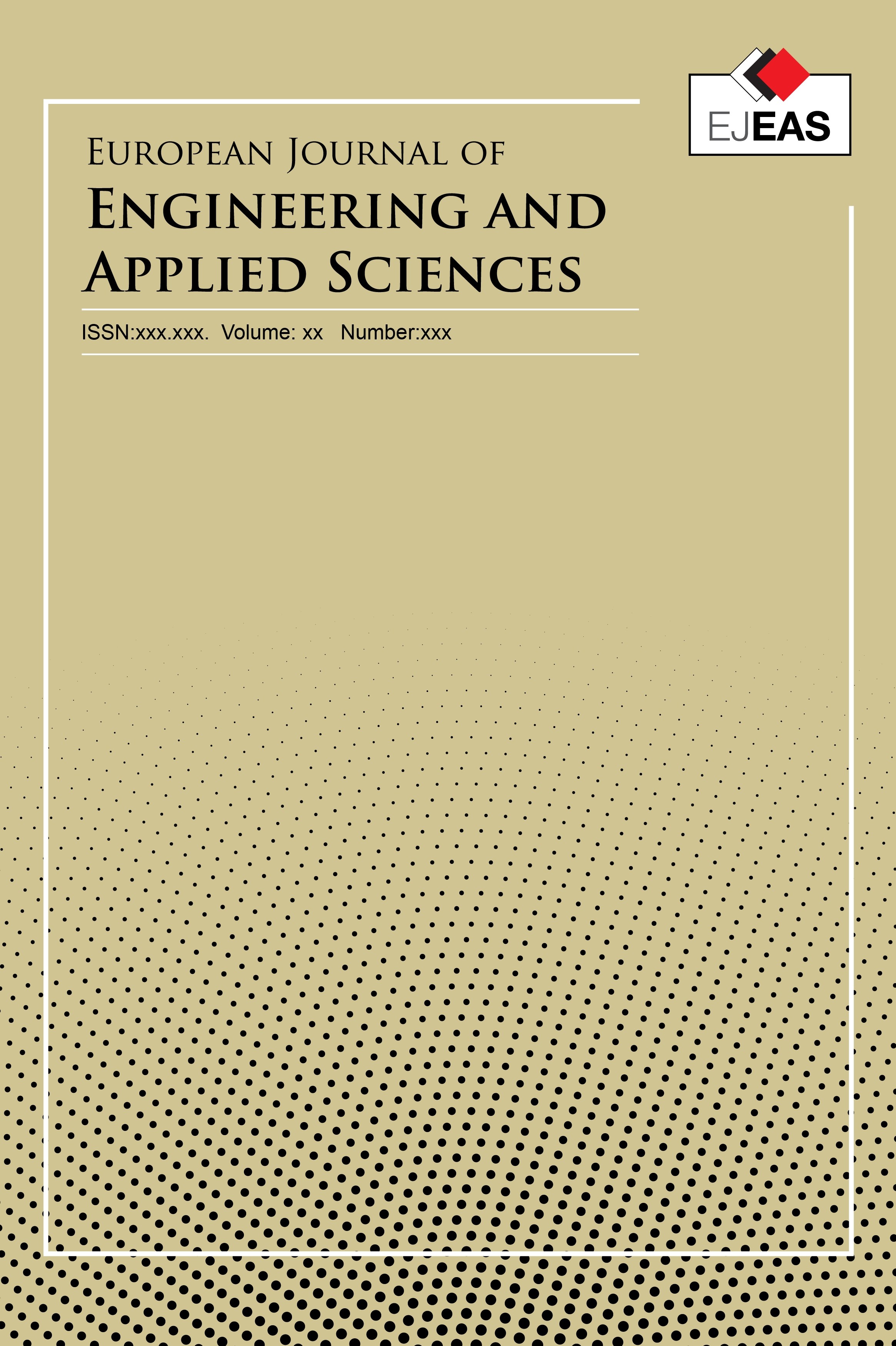Atık Camdan Cama: Atıkların Seramik Sanatı, Ekonomi ve Çevresel Kalkinma İçin Dönüştürülmesi
Cam genellikle yüksek sıcaklıklarda elde edilen odun küllerinden ve kaya malzemelerinden elde edilir. Bu çalışma, biyobozunur olmayan ve Nijerya bağlamında kullanılmayan, ayrım gözetmeksizin atılan, tehlikeli ve ciddi katı atık bertaraf etme zorluğu oluşturan cam kırıntılarının poli-kimyasal cam oluşturucu oksitler içerdiği ve düşük sıcaklıkta ateşlenmesi gerekmesi sebebiyle kırıntılardan cam elde edilmesi hipotezi üzerine kurulmuştur. Örnekler atık depolama sahalarından toplanmış, temizlenmiş, ısıtılmış, toz haline getirilmiş, elenmiş, yıkanmış, kurutulmuş, temel olarak analiz edilmiş, bilyeli kil ile cam kırıntısı ve potas ve bilyeli kil şeklinde iki cam kümesi halinde oluşturulmuştur. Cam kümeleri, öğütülmüş, seramik karolara uygulanmış ve 1100oC'de fırında pişirilmiştir. Bulgular, cam kırıntısının cam eldesi için saf silika bileşiği üretme potansiyeline sahip olduğunu ortaya çıkarmıştır. Çalışma, katı atık bertarafı, ekonomi ve endüstriyel kalkınma, enerjinin korunması, ormansızlaşmanın azaltılması ve antropojenik karbon emisyonu konularında çevre için geniş kapsamlı etkilere sahiptir ve nihayetinde daha temiz bir dünyaya katkıda bulunmaktadır.
Anahtar Kelimeler:
İçki şişesi, hurda cam, ekonomik kalkınma, sır, ekonomik kalkınma, sır, seramik
Cullet To Glaze: Converting Waste For Ceramic Artistic, Economic And Environmental Development
Glazes are usually derived from wood ashes and rock materials accomplished at high temperatures. On the hypothesis that cullet, which is non-biodegradable and in the Nigerian context unutilized, indiscriminately discarded, hazardous and constitutes serious solid waste disposal challenge, contains poly-chemical oxides of glass former and should fire at low temperature, this study is production of cullet-derived glazes. Samples were collected from dumps, cleaned, heated, pulverized, sieved, washed, dried, elementally analysed and formed into two glaze batches of cullet with ball clay and cullet with potash and ball clay; milled, applied on ceramic tiles; and fired in a kiln at 1100oC.Findings revealed that cullet has the potentials to produce pure compound of silica for glazing. The study has far reaching implications for the environment in solid waste disposal, economic and industrial development, conservation of energy, reduction of deforestation and anthropogenic carbon emission and ultimately contributes towards a cleaner earth.
Keywords:
Alcoholic drink bottles, Ceramics, Cullet, Economic development, Glaze,
___
- K. Boateng, Use of discarded broken bottles as substitute for frit in the manufacture of glaze .Journal of the Kwame Nkramal University of Science and Technology. 2000 20 (1) 71-77.
- B. Eftekhari Yekta, P. Alizadeh, and L. Rezazadeh, Synthesis of glass – ceramic glazes in the Zno –AL2O3-SiO2-ZrO2 system. Journal of the European Ceramic Society. 2007 (27) 2311-2315.
- F. Andreola, L. Barbieri, A. Corradi, M. Ferrari, I. Lancellotti, and P. Neri, Recycling or EOL CRT glass into ceramic glaze formulations and its environmental impact by LCA approach. International Journal of LCA. 2007 12 (6) 448-45.
- R. O, Rom. Kalilu, Art from art for art: conceptualizing existence in the space of the visual arts. Inaugural Lecture series 10 of Ladoke Akintola University of Technology Ogbomoso, Nigeria. 2013
- L. L. Richard, Lead glazes for ceramic food wares. USA. International Lead Management Center; Research Triangle Park, NC. 2002
- T. E. Akinde, Fruit peelings as ash glazes. M. Tech thesis submitted to the Department of Fine and Applied Arts, Ladoke Akintola University of Technology, Ogbomoso. 2009
- P. Colomban, A. Tournie, D. Montimollin, and L. Krainhoefrier, Vegetable ash as raw material in the production of glasses and enamels for example the contemporary vegetable ashes from Burgundy. France: LADIR Report. Retrieved from www.arXiv.org. 2011
- E. Karamanov, and A. Karamanov, Glass-ceramic frits from fly ash in terracotta production. Waste Management and Research. 2009 (27) 87-92
- C. Bugra, Development of glass–ceramics from combination of industrial waste with boron mining waste. Doctor of Philosophy thesis submitted to the Alma Mater Studiorum- Universita di Bolognia. 2013.
- S. Salman, and H. Darwish, Development of low cost glass – ceramics based on blast furnace slag and granite rock. Ceramics – Silikay. 2006 5 (2) 88-97
- F. Tooley, The handbook of glass manufacture. New York; Division Ashlee Publishing Co. Inc 1984
- R. Siikamaki, Glass can be recycled forever: Utilization of End-of-life cathode ray tube glasses in ceramic and glass industry. Finland: The University of Art and Design Helsink A 68 2006
- N. Zargorodnya, and A. Pivovarov, The glass-like glazed coating made of cathode-ray tube faceplates cullet. Chemistry, chemical Engineering. 2016 1 (48) 97-103
- M. Reben, M. Kosmal, N. Palezynka, and P. Pichniarizyk, Waste immobilization and environmental sustainability in glass-ceramics glazes development. E3S web of conferences, 10, 00071. 2016
- D, Rhodes, Clay and glaze for the potter: USA: Krause Publication and A & C Black 1998
- R. O. Rom. Kalilu, M. Akintonde, and A. Otonye, Art and technology in the 21th century Southwestern Nigeria. Lagos: PEMILTER Press 2006
- Glass Technology Services, Feasibility study for the reduction of colour within the glass furnace. Banbury: The Waste and Resources Action Programme Publication 2004
- O. Toluwalope, and F. Oluwatuase, The use of waste borosilicate glasses for formatting a functional transparent glaze. International Journal of Advancements in Technology. 2015 6 (1) 1-3
- A. David, Introduction to glaze calculation. Retrieved from www http://art.sdsu. edu/ceramicsweb/ 2005
- A. Khmiri, B. Samet, and T. Chaabouni, Assessment of the waste glass powder pozzolanic activity by different method. IJRRAS. 2012 10 (2) 322-328
- European Integrated Pollution Prevention and Control Bureau, Best available techniques (BAT) reference document for the manufacture of glass. Spain; European Commission; Institute for Prospective Technological Studies 2012.
- ISSN: 2651-3412
- Yayın Aralığı: Yılda 2 Sayı
- Başlangıç: 2018
- Yayıncı: Tekirdağ Namık Kemal Üniversitesi
